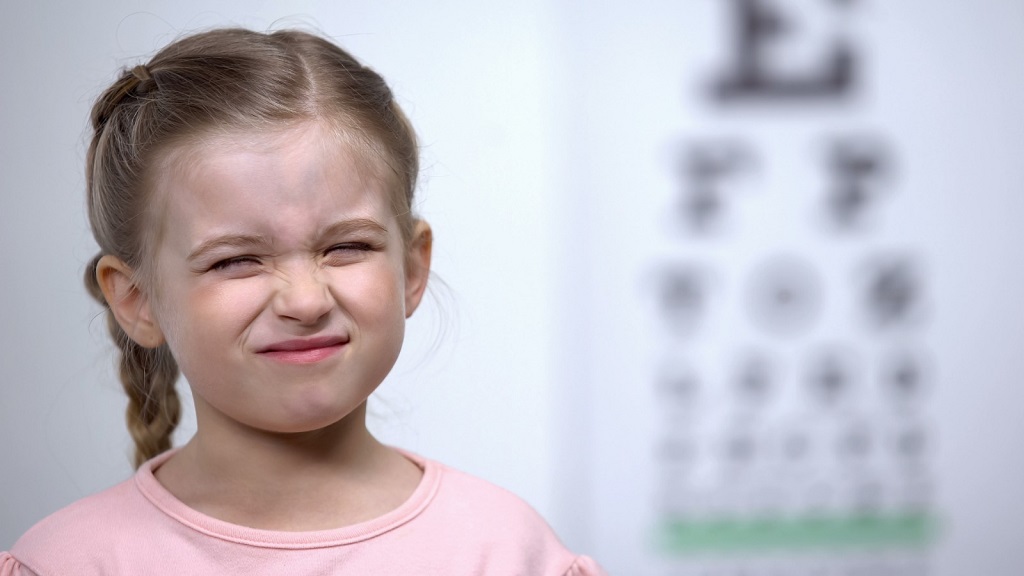Vision-Threatening Eye Diseases That Myopia Could Cause in Children

According to recent research, children who have myopic parents are more likely to experience myopia themselves. Nearsightedness tends to progress over time, resulting in poorer and worsening vision. Myopia increases the risk of glaucoma and other serious eye problems. If neglected, glaucoma is a degenerative disease that can cause blindness.
Retinal Detachment
A severe disorder called retinal detachment causes the retina to tear away from the back of the eye. If surgery is not performed immediately, it could result in irreversible blindness. Most detachments are caused by tears or holes in the retina that allow fluid to seep under the retina, causing it to peel away like wallpaper. Surgical treatment involves injecting a gas bubble or performing pneumatic retinopexy to seal the retinal tears and holes. Doctors may utilize innovative myopia control options, including dream lens Lower Sackville. Research shows that children with one or both myopic parents are at a much greater risk of developing myopia than other children. They also build intolerance at a younger age and have a higher rate of progression before school age. It is likely due to their eyes growing too quickly and at a time when they should be stopping growth, which increases the risks of potentially sight-threatening problems later in life. Researchers have found that spending more time outdoors decreases myopia development in kids.
Cataracts
Recent studies show that children with myopia are at higher risk of developing vision-threatening eye diseases, including retinal detachment and glaucoma. The risk increases with the severity of myopia and with myopia progression.1 Due to axial elongation, or the length of the eyeball, myopia results in poor long-distance vision because light rays focus in front of the retina rather than on it. It can lead to several symptoms, such as squinting, complaints of headaches and trouble concentrating. The rate of myopia progression is significantly higher in children whose parents have myopia. It suggests that a child’s genes significantly affect their myopia development. It is particularly important since myopia is largely genetically transmitted and has been found to increase with age. Patients need to keep up with their routine eye exams. They can be monitored for myopia progress, and treatments such as the recently Food and Drug Administration-approved myopia control devices can slow myopia progression.
Glaucoma
The degenerative eye illness glaucoma affects the optic nerve. It causes blurry vision and is typically painless, making it difficult to notice. Glaucoma can cause blindness that is irreversible if it is not addressed. The term “silent thief of sight” refers to glaucoma’s ability to take your eyesight covertly. Researchers have shown that children with myopia have a much greater chance of having glaucoma than children without myopia. With more severe myopia and younger onset age, the risk rises. Studies have also shown that having a parent with myopia increases the likelihood of developing myopia. It is especially true for Asian children. The trouble is lessened for those with non-Hispanic white parents and for children who begin treatment before 9. Myopia management programs like multifocal glasses or contact lenses, orthokeratology, or atropine eye drops effectively slow myopia progression. For best results, myopia control should start before your child reaches the age of 12.
Macular Degeneration
A higher risk of eye diseases that could impair eyesight is associated with myopia. These include cataracts, glaucoma and macular degeneration. People with high levels of myopia are more than twice as likely to develop glaucoma as those with lower myopia. Blindness may result from the gradual loss of central vision, known as macular degeneration. It is more common in older people, but some inherited conditions, like age-related macular degeneration (AMD), can appear earlier and affect people of all races. A combination of aging, genetics, and exposure to light at work can bring on macular degeneration. Slowing myopia progression by 1 D could reduce the risk of macular degeneration by 37%.
